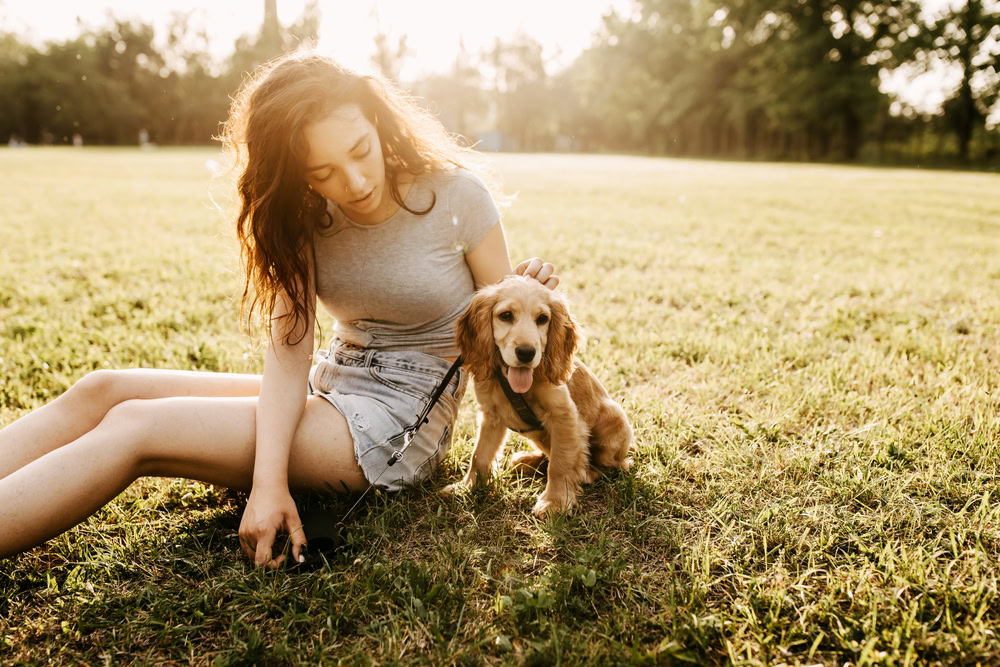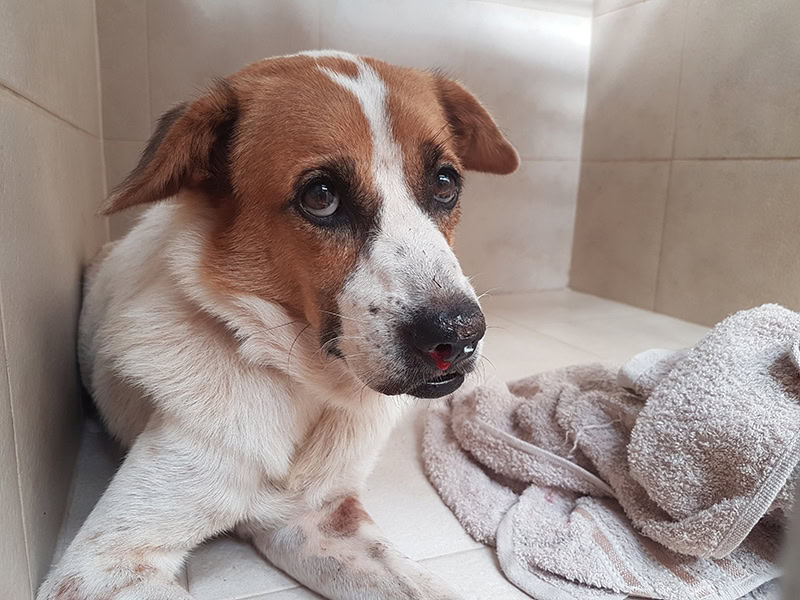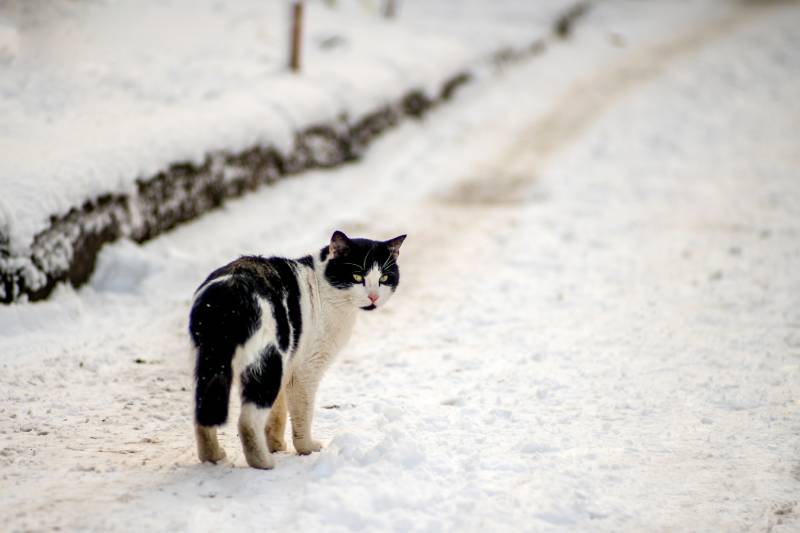VET APPROVED

The information is current and up-to-date in accordance with the latest veterinarian research.
Learn more »Dehydration is a common problem in dogs. It is a condition in which your dog loses more water and electrolytes than they can consume. It can vary in severity. If left to progress, it results in a medical emergency. Dogs eventually develop serious health problems affecting all of their vital organs.

What Is Dehydration in Dogs?
Dogs need water for the normal functioning of their body systems, and it’s vital to their survival. All of their daily body functions require water in some way to remain healthy. Your dog needs to drink water frequently to maintain a balance of fluid and electrolytes in their body; otherwise, things start to go wrong.
If your dog starts to lose more water and electrolytes than they are bringing in, there is an imbalance, and they will become dehydrated. Once they start to get dehydrated, unless something is done quickly, it can rapidly lead to organ failure, collapse, and unconsciousness, which can eventually be fatal.
In a healthy dog, as they go about their day-to-day activities, there are natural ways that they lose water. This includes bodily functions we are all familiar with, such as:
- Urination
- Panting
- Breathing
- Defecation
- Sweating (from their paws)
Drinking and eating replenish the water and electrolytes. The dog’s condition deteriorates if the fluid intake somehow becomes lower than the fluid being lost. When this imbalance occurs, dehydration can develop. An overall reduction in the fluid in the body means that the circulating blood volume is lower. This in turn means that the blood will not be delivering as much oxygen to the organs and muscles around the body.
Electrolytes are naturally occurring minerals that are required for the body’s essential functioning. They include potassium, sodium, and chloride. They facilitate muscle function, regulate nerve impulses, and aid in the movement of important nutrients into and out of cells. When your dog becomes dehydrated, some electrolytes get flushed out of the body, and others become concentrated in the blood. This is very disruptive and can be dangerous.
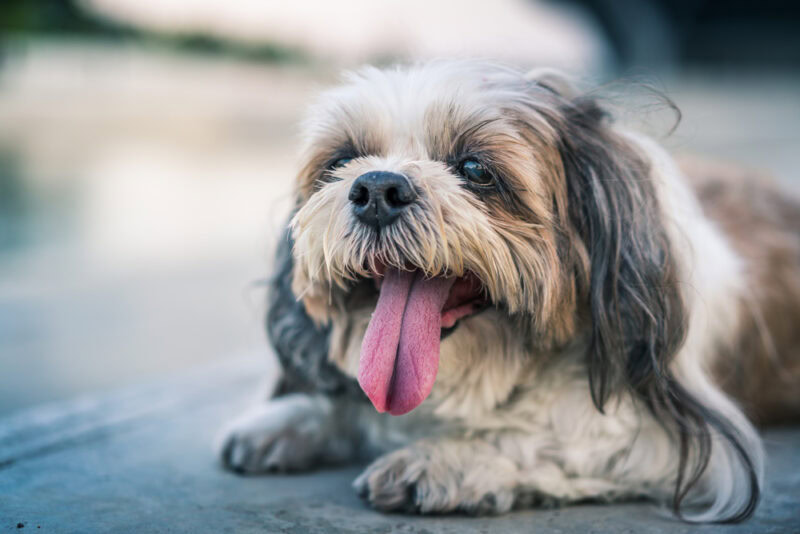
What Are the Signs of Dehydration in Dogs?
It can be tricky to spot signs of dehydration in the early stages, as many of the clinical signs are quite subtle. As the dehydration progresses, the signs will be very obvious. Owners need to be able to spot them early on so they can respond quickly.
- Sunken eyes
- Dry nose
- Tacky/dry gums
- Drooling with thick, sticky saliva
- Panting
- Loss of appetite
- Lethargy/low-energy
- Weak pulse
- Vomiting
- Diarrhea
- Reduced urine production
- Dark urine
- Weakness
- Collapse
- Loss of skin elasticity
- Loss of balance
If you see any of these signs in your dog, seek veterinary help immediately.

What Are the Causes of Dehydration?
In simple terms, the cause of dehydration is either a lack of water intake or an increase in losses. In reality, it can be slightly more complicated than that. There are a few common causes that vets often see in dogs:
1. Lack of water intake
When dogs do not have access to enough fresh water, such as when they’re left alone with only a small amount, they can get dehydrated. They can also get dehydrated if a health condition is causing them to drink less water.
2. Lack of food intake
If a dog is not eating, it will reduce the amount of water and electrolytes they are bringing into their body. It will not have as profound an effect as a lack of water, but it will still cause a reduction in the intake of fluid.
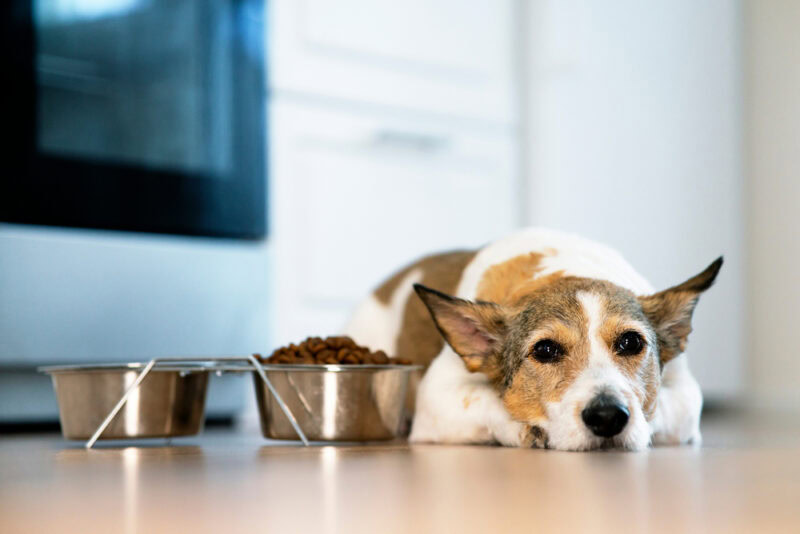
3. Vomiting and diarrhea
Vomiting and diarrhea cause a loss of water and electrolytes as fluid from the body makes up the majority of the vomit and loose feces passed out of the dog’s body.
4. Excessive breathing/panting
Water is lost through breathing and panting. If a dog pants or breathes excessively, it can cause more water to be lost than usual. Panting is often seen alongside other factors contributing to dehydration, such as overheating or illness, and it can often exacerbate the situation.
5. Excessive urination
There are many reasons a dog may urinate excessively. These include urinary tract infections, bladder infections, kidney disease, endocrine abnormalities, and liver disease. It is very important for your vet to identify the underlying cause in these situations so that they can administer the correct treatment.
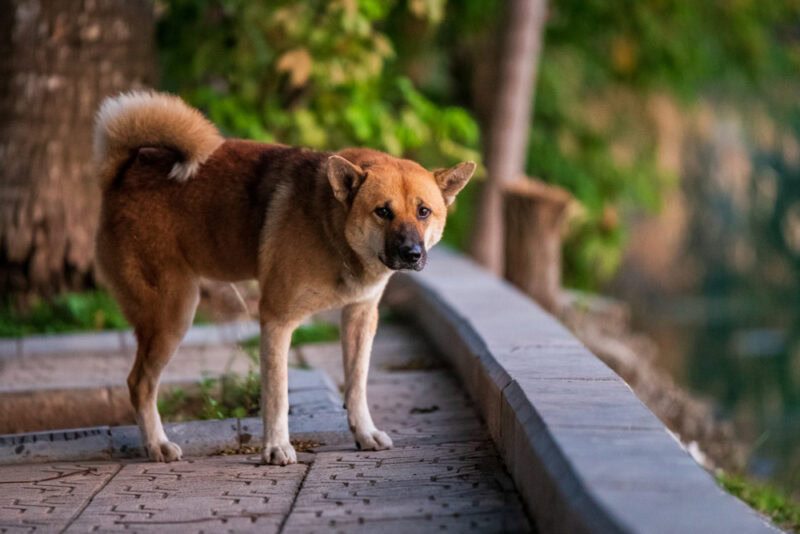
6. Injuries such as burns
Large burn wounds leave the skin barrier damaged, and lots of fluid can be lost from the skin’s surface.
7. Sweating
Dogs sweat from merocrine glands located in their paw pads. Sweating is supposed to help cool dogs down, but if a dog is overheating, they may sweat excessively and lose excess fluids in the process.
8. Fever
If your dog has a prolonged increase in body temperature, it increases their breathing rate and metabolism. More moisture is breathed out, which leads to dehydration.
9. Overheating
Like a fever, if a dog is overheating, this increases metabolic activity and breathing/panting, so more fluid is lost.
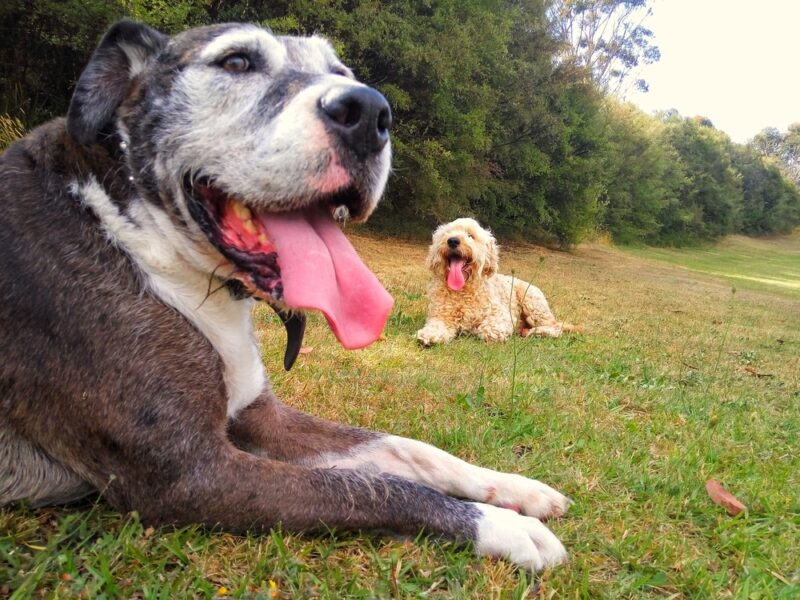
10. Cancer
Depending on what type of cancer is present and where it is affecting the body, it can cause dehydration.
11. Long-term illness
Dogs suffering from chronic diseases such as Cushing’s disease, kidney disease, or diabetes are often dehydrated and need to drink more water than usual. Due to the nature of the disease process, even if the dogs drink more, they usually are still dehydrated.
Very young dogs, elderly dogs, nursing mothers, and dogs with a smaller surface area to volume ratio are all at a higher risk of becoming dehydrated.

Diagnosis of Dehydration in Dogs
You can assess if your dog is dehydrated by checking their“skin tent.” Skin loses its elasticity when there is less moisture in it. If you lift the skin on your dog’s back and it falls back into place slowly instead of moving straight back down, your dog is probably dehydrated.
Your vet will be able to assess your dog’s dehydration by examining them, evaluating their skin tent, mucous membranes, and eyes, and performing blood tests and urinalysis.
How Do I Care for a Dog with Dehydration?
Treatment of mild dehydration is relatively straightforward. It gets more complicated when severe dehydration with dramatic electrolyte disturbances and potential organ failure occurs. If you think that your dog may be starting to become dehydrated, first offer fresh water to drink. Be especially vigilant in warmer weather or when your dog has done a lot of exercise. Be aware that dehydrated dogs often lose their appetite and don’t eat, so they receive even less water.
If you think your dog suffers from dehydration, immediately take them to your vet. Your vet can administer subcutaneous or intravenous fluids. Your vet will also take a blood sample and a urine sample to assess the blood cell counts, organ function, and electrolyte numbers and to check how concentrated the urine is.
They will then be able to tailor treatment to target the issues experienced by your dog. It is essential that your vet identifies the underlying cause to enable them to treat the condition causing the dehydration and prevent it from happening again. Different products can be added to intravenous drips to help stabilize your dog and replenish depleted blood components.
Your dog may have to be hospitalized for several days while they are monitored.
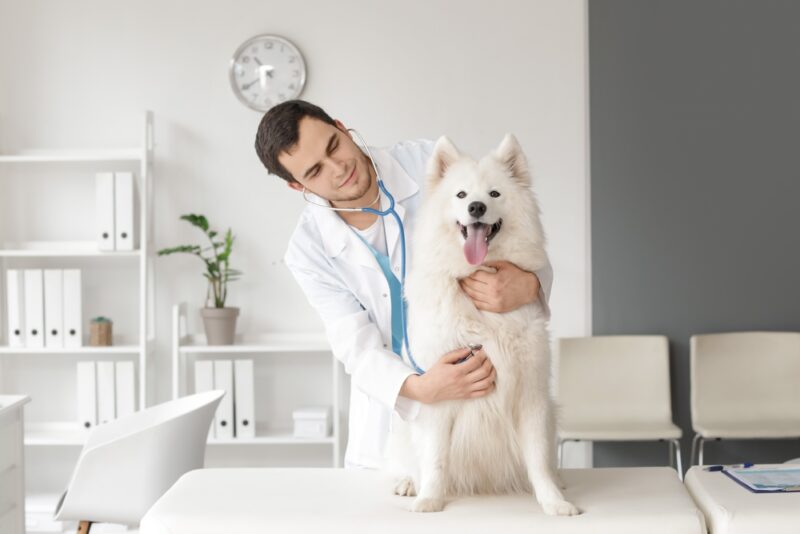

Frequently Asked Questions (FAQ)
How Quickly Can My Dog Become Dehydrated?
Dogs usually survive for approximately 72 hours without drinking water, but they will start showing signs of dehydration in the first 24 hours. After this initial period, they will start to get very sick very quickly.
How Can I Rehydrate My Dog at Home?
If your dog is only very mildly dehydrated, you can attempt to rehydrate them at home by offering them water. The best approach is to let them sip small amounts frequently. Be aware that if your dog has an electrolyte imbalance, water alone will not rectify this, so you may need to take your dog to the vet to get them checked out.
Will a Dog Still Pass Urine if They Are Dehydrated?
The urine output is influenced in some ways by the hydration status of the dog. Therefore, the urine output will be reduced if the dog is dehydrated. However, there are some conditions, such as kidney failure and diabetes, where the dog can be very dehydrated yet still produce excessive amounts of urine. So, if you see your dog urinating well, bear in mind that they may still be dehydrated.

Conclusion
Dehydration is a very common occurrence for dogs. There can be a simple reason behind the dehydration that can easily be rectified. Equally, there can be complicated medical issues that require lengthy diagnostic tests and treatment. To keep your dog hydrated, always allow them access to drinking water and be extra vigilant in monitoring their fluid intake on hot days or when they exercise.
Contact your vet for advice if you are concerned about your dog getting dehydrated.
Featured Image Credit: Natalia Bostan, Shutterstock
